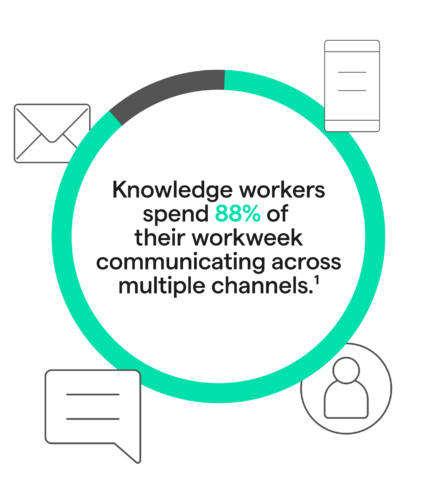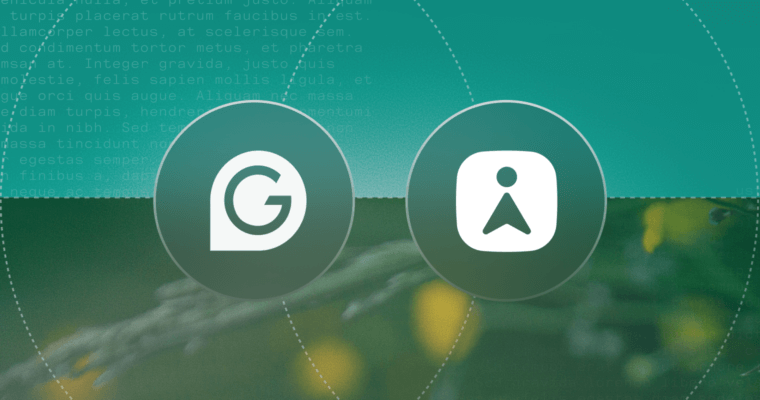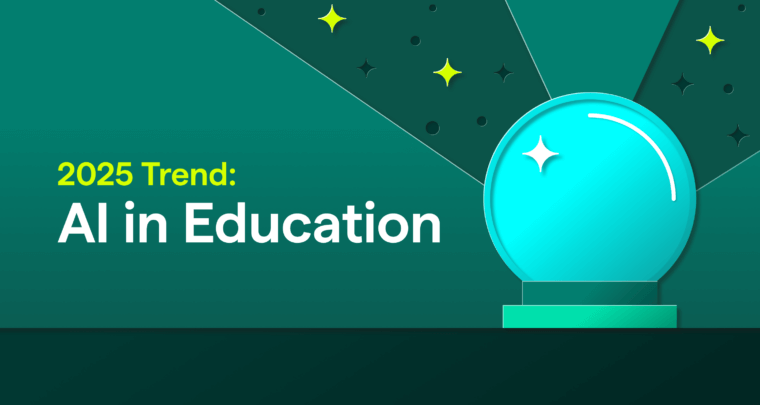
Technology evolutions like the internet, cloud computing, and information technology have all disrupted the workplace, required employee reskilling, and rendered some job functions obsolete. Those evolutions have only moderately prepared us for AI.
Gen AI is unique in the type of disruption it promises to the workplace. While previous technologies impacted select parts of the enterprise space and certain segments of workers, gen AI will impact the entire workplace and nearly every role. Similarly, while other technologies introduced new efficiencies and opportunities to streamline work, gen AI offers the same but also offers to do the work for us.
“For the first time in history, we are embracing a generation of technology that is ‘human by design,’” as described by Accenture in its report “Work, Workforce, Workers: Reinvented in the Age of Generative AI.” Report authors Ellyn Shook, Accenture’s chief leadership and human resources officer, and Paul Daugherty, its chief technology and innovation officer, explain how the capabilities of gen AI differ from earlier evolutions of AI like diagnostic and predictive tools.
- Diagnostic era: AI that understands why something happened by analyzing and segmenting information
- Predictive era: AI that anticipates what might happen and what should be done about it with modeling, pattern recognition, and simulations
- Generative era: AI that executes work through creation, coding, and automation
Whereas previous technologies helped humans do their jobs faster or at a greater scale, gen AI is poised to do the work for them. The hope is that these new forms of automation give humans more time to focus on strategic, fulfilling, and creative work. But in these early days of AI disruption, there are equal shares of anticipation and anxiety.
What does it mean for workers and the workplace?
While some current and future professionals fear that gen AI will replace their jobs, McKinsey research suggests otherwise: “We expect an additional 12 million occupational shifts by 2030. The total number of transitions through 2030 could be 25% higher than we projected a little over two years ago.”
Different industries will experience this shift more significantly. For instance, customer-facing roles that took a hit during the pandemic, such as those in customer service, sales, and general office support, will most likely continue to decline as the reliance on technical solutions like gen AI increases. Reduced need for human workers in customer-facing roles is expected to be responsible for around 84%, or almost 10 million, of McKinsey’s forecasted 12 million occupational shifts.
On the other hand, roles in business, legal, healthcare, transportation, and, notably, STEM professions are showing signs of continued growth. According to McKinsey, “these categories are expected to see fewer than one million occupational shifts by 2030.”
Along with shifting occupational categories, gen AI will have a similar impact on the nature of work that these roles will be responsible for. It’s expected that gen AI may automate work activities that currently take up to 70% of workers’ time. Exactly which activities those will be and who—employee, employer, or both—will enjoy the benefits is yet to be seen. Still, the data is directionally decisive: Business leaders, professionals, students, and educators will all need to determine and develop the new capabilities that workers will need to support viable careers and competitive businesses in an environment driven by AI-literate professionals.
“Soft,” durable, uniquely human skills
Technical, domain-specific skills are essential. However, with job requirements and technologies evolving at today’s unprecedented pace, the value of rigid technical skills can be fleeting. This has encouraged employers to double down on prioritizing potential candidates’ soft skills, as they are more reliable indicators of how well an individual will apply their technical skills in the real world and how effectively they will continue to sharpen those technical skills after they are hired.
Given the outsize role of soft skills in today’s marketplace, the term itself is being reevaluated. Employers are now looking for durable and uniquely human skills. Without workers receiving additional training, their technical skills immediately start to depreciate after they are hired. Durable skills, on the other hand, increase an employee’s value over the duration of their tenure with a company. Hiring candidates with these uniquely human skills equips employers with the workforce talent necessary to get the most out of new tools and trends that every competitor has access to.
In its 2023 Career-Ready Graduate report, AAC&U had employers rate the skills they saw as most important when identifying strong job candidates.
Since the study’s launch, communication skills, teamwork, and critical thinking have consistently ranked at the top of employers’ interests. In the past year, employers have also placed increased importance on adaptability and flexibility, creativity and innovation, complex problem-solving, and working with people from different backgrounds. Each of these skills is uniquely human and is complemented by AI rather than replaced by it.
Top skills employers are looking for:
- Oral communication
- Adaptability and flexibility
- Working effectively in teams
- Critical thinking
- Motivation and initiative
- Written communication
- Working with people from different backgrounds
- Creative and innovative thinking
- Complex problem-solving
- Utilizing technology and digital media platforms
- Exercising ethical judgment and reasoning
- Analyzing and interpreting data
- Locating and evaluating information from a variety of sources
- Integrating and applying ideas across different settings and contexts
No matter the source, one finding is consistent: Communication is always at the top of the list of what employers are looking for. After reviewing 82 million job postings across 22 sectors, the team at America Succeeds found that “seven out of ten most requested skills in job postings are ‘Durable Skills,’” with communication consistently being the top skill and competency by far.
Communication: The currency of the modern workplace

Communication is the top skill employers seek out for a reason: Communication dominates work. In many ways, communication is becoming synonymous with work. According to Grammarly’s 2024 State of Business Communication Report, on average, “knowledge workers spend 88% of their workweek communicating.”
It’s not just the volume of communication that is on the rise—it’s the pace and the number of places where professionals are expected to communicate in order to do their jobs effectively, too. In the past 12 months, 70% of knowledge workers saw an increase in the channels they used for communication. More than half (55%) of professionals said the constant flow of notifications across channels made it hard to concentrate on important tasks, and almost half (47%) felt unsure about selecting the right channel to communicate information.
Finally, written communication plays an outsize role in the workplace, with knowledge workers devoting nearly half of their workweek (19 hours) to writing tasks. In an increasingly virtual and asynchronous work environment, the written word is often the arbiter of a professional’s effectiveness, competency, and ability to be successful.

Communication has become a commodity in the workplace, and the ability to communicate well is a differentiating soft skill for professionals. In the workplace, effective communication and poor communication have opposite outcomes for business leaders and workers alike.
Business leaders cite increased productivity, heightened customer satisfaction, improved brand reputation, successful business deals, and cost reductions as results of effective communication. Poor communication has proven to detract from each of those same business priorities.
For workers, the impact is just as stark.
While most professionals have struggled to understand and navigate the complexities of workplace communication, the most recent Gen Z graduates have struggled the most. Across every dimension of communication, Gen Z reported significantly lower confidence levels than any other generation in the workplace.

Communication is also one of the soft skills that students and workers can enhance significantly through gen AI. Those who are able to use gen AI effectively gain a competitive advantage in the workplace.
Grammarly found that 53% of knowledge workers are already using gen AI regularly for work and are realizing significant productivity and performance benefits.
Of those using gen AI:
- 80% say it has improved the quality of their work.
- 73% say it has helped them avoid miscommunication at work.
- 68% believe it helps them communicate more effectively at work.
- 44% say it has increased their productivity.
- 43% say it has enhanced their work satisfaction.
And this is just in the early stages of gen AI. As professionals using gen AI tools increase their AI literacy, their efficiency and effectiveness gains will continue to increase, while those professionals avoiding the technology will continue to fall behind.
With communication taking up the majority of the professional workweek and 96% of employers citing communication as the most important competency they look for in career readiness, it is the top skill students need to fine-tune to enter their careers. And now, with gen AI, there is ample opportunity for higher education institutions to enhance this skill set among students and increase their employability.
Read more: Career-Readiness in the Era of Gen AI: Headwinds and Tailwinds for Higher Ed






